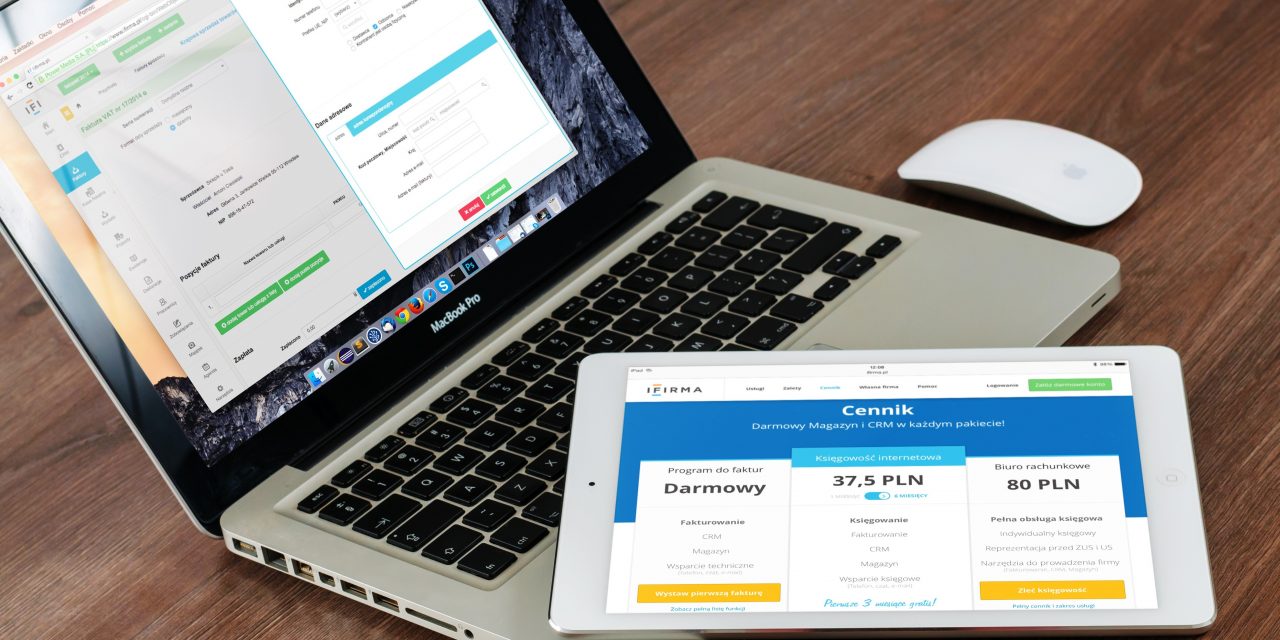Last Updated on December 24, 2022
The first website I have launched for my business was a complete mess. I still remember it vividly. It wasn’t only objectively bad in terms of visual design and unprofessionalism, it actually had some non-working links and harmed my business more than benefiting it.
Despite all that, it helped me learn a very important lesson – a new website launch is not something to take lightly. It’s a decisive process that needs to be done properly and effectively.
No matter if you are just launching your first website or re-branding an existing one, you need to take this new website launch as one big step by step process.
This is one of the most crucial parts of any website’s lifespan, and believe me – you don’t want to repeat this process again because of a wrong decision you have made unknowingly.
In this post I’ll guide you through the whole website launch process using 13 easy steps that are important for any new website launch. Those steps would be divided into 2 separate parts – pre-website launch and post-website launch.
Steps To Follow Before Your New Website Launch
1. Choose The Best Website Platform
The first step you’ll need to take to launch your website properly is to choose the right platform.
Regardless if you are building a new website or re-launching an existing one , the success of your website would depend heavily on the platform you build it on.
My original website was built on a free flash website builder I found online around 2007. It was ugly, non-professional and without almost any relevant features. Nowadays, you have a much bigger variety of quality services to choose from, with new website builder services rising every month.
And yet, if you ask me – the answer is simple. The only viable website platform in 2020 if you care about your business is WordPress.
WordPress, as most of its other alternatives, is a Content Management System (CMS). This is a system that allow you write, customize, and publish your content and blog posts without any coding skills. Wodpress is the most user-friendly I know of, and it’s free.
If you don’t believe me, have a look at those stats of the website platforms (specifically CMS) distribution in the US:

With 96% of the entire distribution, there’s no question that WordPress is dominating the CMS market without any close competition. It just simply provides the biggest amount of value and customisation options, while still being free to use.
2. Choose An Hosting Plan That Fit Your Site Needs
Hosting is a crucial part in any new website launch. Every website requires a web host to store their site on a server in order for people to be able to access it online. Without an hosting account, your site won’t be visible on the internet.
Most people don’t realize it at the beginning of their online journey, but choosing a poor hosting solution can harm you and your site in more ways than you might think. Customers satisfaction and SEO (Search engine optimization) goes hand-in-hand with website loading speed.
You need to make sure the hosting solution you choose can handle your current traffic and bandwidth needs, as well as offer you the right options to expand and accommodate you as your site grows bigger. You should choose an hosting company that is reliable and comes at an affordable price.
To this end, I recommend 2 options:
- Bluehost – The most affordable hosting solution. Have a decent amount of features and cost about $40 per year.
WPEngine – A premium hosting, specifically designed to host WordPress sites. Annual cost of around $220.

3. Get your design ready
After you made up your made on the hosting solution that works for you, it’s time to get the website up and ready to go. In order to do so you need a website design.
Taking into a consideration that you are must likely not a coder or web programmer, there are main 3 ways for you to handle the website creation process:
- Pay a website agency to create a custom site template for you – This is the most expensive option.
- Pay a freelancer on a platform such as
Fiverr to setup the site for you. - Setup the site yourself using an already-made WordPress theme. You can find countless quality themes to choose from in sites like Themeforest.
4. Handle the redirects from the old website
Redesigning an old website?
When you are switching all of your existing content from your old site to a new one, you’ll need to be sure that if they somehow reach one of your pages/old domain, they would get sent automatically to your new updated website.
In order to ensure a proper and smooth transfer from the old site to the new, you’ll need to setup a 301 redirection that would match the format of both of your sites. It can be really tough, especially if you are site have thousands of pages.
5. Craft 3-5 detailed, high quality articles

A website is an ongoing operation. The number 1 factor that would determine how your site would perform in the long term is how consistent you’d be running it; The more new content you would put every week, the bigger your chances to hit the SEO hype train would be.
With that being said, if you have time – you should create around 3-5 high quality, lengthy and detailed articles that would be put in place before the actual website launch. An empty website is not a place readers would wish to come back to. Make the effort and create some quality content that would showcase your visitors what kind of value they should expect to get from your site.
6. Decide on a launch day (and stick with it!)
Your new website launch should be a special event. Mostly for you obviously (especially if it’s a brand new site), but it still should be celebrated. You have put a lot of hard work into this project and the crafting of your website – and that shouldn’t go unnoticed.
Even beyond that, having a specific launch day can open up a few nice marketing opportunities for you and your new site.
7. Setup a series of posts on your social media channels
Got an Instagram page? A Facebook page for your business? Heck, even your own twitter page? Craft a few messages that would tell your existing audience and friends that something new is coming.
Start with a bit of suspense (“stay tuned for an exciting announcement tomorrow”) and a few days later share with them the announcement of you your new website and when exactly it would get launched.
Getting even a fairly small amount of real genuine traffic to your site in its launch day can help Google and other search engines see its value and speed up your indexing process. The quicker Google notices you – the better.
Steps To Follow After Your New Website Launch
8. Post the new website launch announcement in your blog
Congratulations, your big day has arrived! The first thing to do is obviously publish the fact that you are live in a post on your new blog. The blog post should include all the information you think people would like to hear about: What the site/blog is about (if it’s a new site) or and what changed (If that’s an existing one).
Remember that your site would stay “new” for your audience during the next several weeks, so you could use this opportunity to try and get them more engaged than before with your business and your content.
9. Craft an email message to your existing list of customers
Some businesses try to always get ahead of the curve and use only the latest and brightest technologies. Despite what people might try to tell you, email marketing is not dead.
No matter how big or small your email list is, if you have one – use it your advantage. Craft a short and to the point email telling your existing clients about your new site, what’s changed there and why they should use it.
10. Share the news on social media

After the blog post and the email, it’s time to use your social media channels again to get some fast free traffic to your site during its launch period. I’d suggest to schedule ahead a few posts on each different platform for the most effective results.
The way to do it is by making sure each of your marketing messages have a clear call to action and there is a direct intent behind it. Does your new website have a cool section that wasn’t available before? Is there a specific page that you think can provide a lot value? Let them know and make sure they head straight there.
11. Offer launch period incentives
Create a promo code for all the people who would visit your site. offering them a special perk like free shipping or a certain discount if they purchase from your site during the launch period. Alternatively, you can use the perk as an incentive for them to join your mailing list.
12. Guest Posting on authority sites
After your new website launch, regardless if the site is brand new or redesigned, there’s one thing you absolutely should start working on right away – improving your site’s authority in search engines.
The way to do it properly is via link building. Without getting into too much details regarding the various ways to do it, I can confidently say that the safest and easiest way to do it is with Guest Posting.
Guest posting is writing a post or an article for someone else’s blog. The host gets new free content for its readers while the guest blogger gets access to the host’s audience, as well as a free backlink to his own site. Backlinks are the most important element of SEO (search engine optimization) and can jumpstart your site’s authority faster than any other factor.
Guest posting usually requires getting your foot wet and doing a lot of personal outreach for possible partnerships. If you are just starting out, a paid guest post service might be more relevant for you.
13. Add a link to the website in your email signature
When I originally launched my first website I wanted all of my colleagues and friends to know about it, but felt really uncomfortable sending them direct messages regarding it.
A really good solution I found online is just adding a link to your new website in your email’s signature along with a line like “Check out my new website!”. That’s a clever way to subtly let all of your contacts know about it without being too pushy.




